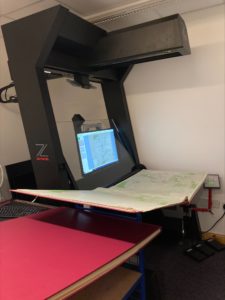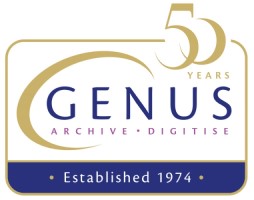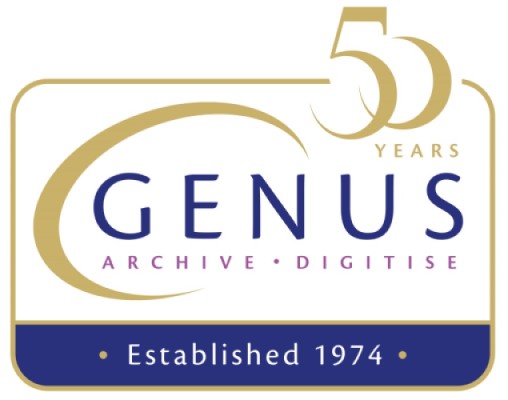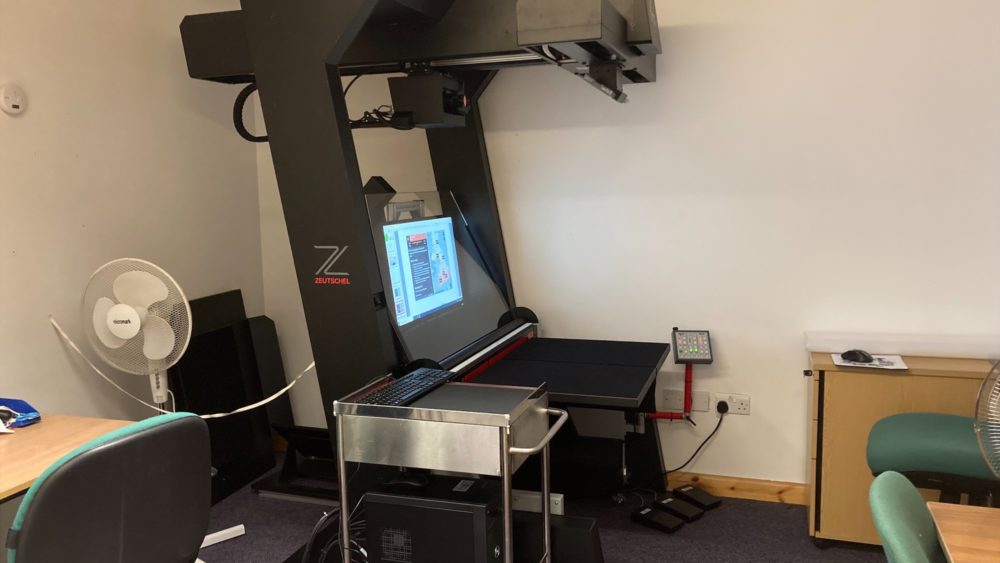Following on from the recent install of a Zeutschel OS Q1 at the Met Office National Meteorological Archive, we spoke to Archivist, Dr Catherine Ross about her experience with using this state-of-the-art digitisation scanner and their reasons for purchasing it.
The National Meteorological Library and Archive mission statement is: ‘Preserving the Past, Informing the Future’. They provide a specialist source of Weather and Climate information for members of the public, students, academics and Met Office staff. The National Meteorological Archive preserves the National Memory of the Weather. This combines the historical data, documentary and publication archives of the organisation (which are held under the Public Records Act) with a range of complementary global data, rare books and publications. The Library and the Archive are open by appointment; however they also provide a remote enquiries service, a range of e-books and e-journals and a Digital Library and Archive providing access to their digitised and born digital archival content.
The Met Office intend to use the scanner for general high-quality digitisation, especially to aid in the scanning of their larger scale records including volumes of data and charts. The synoptic chart series runs from the 1860s to 2003 and up until now has been impossible to scan either internally or externally due to size and weight. The OS Q1 will give them the opportunity to start digitising this series.
 About the OS Q1
About the OS Q1
OS Q1 produces image quality that meets the highest requirements of the ISO 19264, Metamorfoze and FADGI digitisation standards. The scanning system is equipped with a state-of-the art Giga pixel camera and a large CMOS sensor. The camera is characterised by a high dynamic range and the reproduction of the finest gradations. The results are sharp, with low-noise and high-contrast images that reproduce even the finest details.
A special guided lighting of the LED lighting system with a constant angle enables the OS Q to reproduce even difficult originals free from reflection or shadowing. Reflections on shining surfaces or shadows in book folds are optically corrected. Functions such as self-opening glass panes, sliding self-balancing book supporting plates and a scanning automatic system ensure the highest productivity levels
Why has the Met Office chosen to purchase the OS Q1?
“We have a pre-existing Zeutschel scanner which has performed well for many years but is ageing. We wanted to future proof our scanning ability and at the same time to expand our scanning capacity by increasing the scale of the documents we could scan. Around 90% of the documents in the archive can now be scanned.”
What are your thoughts on the QS Q1 now that you have begun to use it?
“We are very impressed with the quality of the scans and the ability to zoom in even at 300dpi resolution. We have already had the opportunity to demonstrate a scanned chart to the Board who were amazed at the quality of the image, once loaded to our Digital Library and Archive. The basic operation of the system is largely familiar from our previous Zeutschel. We are still adapting to some of the new elements such as the control panel, this does take quite a lot of getting used to.”
What are your plans for the digitised content?
“Digitised content will be used in a variety of ways: as a part of our enquiries service, to supply scanned content for data rescue activities and for provision on our Digital Library and Archive. This is a freely accessible tool which allows customers to view and download a range of our most interesting and useful content. Content is provided for access (increasing our public and scientific reach to the global community) and for preservation purposes (to reduce handling of our most popular content by providing access to digital copies instead)”
https://digital.nmla.metoffice.gov.uk/
How was your experience when dealing with Genus from a sales and installation perspective?
“Genus was very engaged at all times. Assisting with checking, and double checking whether the scanner would fit and with plans for peripherals. Quotes and responses to enquiries were timely. Installation was delayed due to COVID but we were largely kept updated with the position and Genus did install the scanner as soon as possible after it became available.”
Genus would like to thank Dr Catherine Ross for her contribution to this blog.




Comments are closed.